I Can...This Means...Here’s How
- Stewart Learning Center
- Apr 18, 2023
- 3 min read
These six monosyllabic words provide a simple yet impactful formula for improving teacher clarity and student learning. Dr. John Hattie’s meta analysis indicates that teacher clarity is an evidence-based strategy and has the potential to accelerate learning.
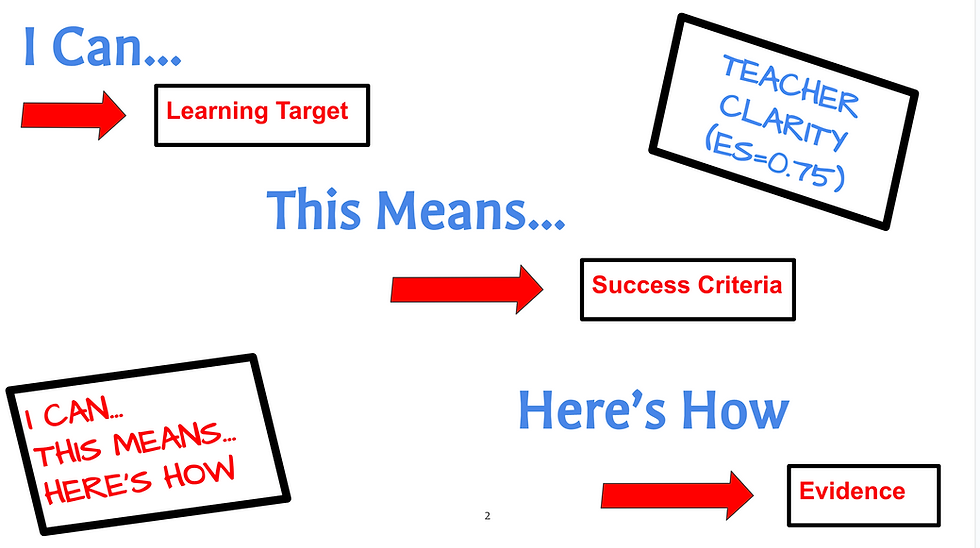
Figure 1: I Can…This Means…Here’s How formula
If you’re anything like me, you may have a love-hate relationship with learning targets. You may have wondered if at best they are worth your time and effort and if at worst they are detrimental to the learning process. Their potential power is often not realized because of vagueness, half-hearted implementation, or a lack of clarity about what the learning looks like when done well and along the learning journey.
I remember first reading Jan Chappuis and Rick Stiggins book, Seven Strategies of Assessment for Learning and Classroom Assessment FOR Student Learning, as a new middle level educator. I remember seeing examples of student-friendly “I Can” statements or learning intentions and my early attempts to bring clarity for myself and my students around what students were expected to learn and/or be able to do as a result of a particular lesson or set of lessons. When I did more than simply state or post the desired learning outcome to help learners gain clarity about what it meant to show evidence of successfully having learned the outcome or target, I noticed greater success.
Examples:
“I can accurately summarize complex informational text;” or for my adult learners,
“I can explain how a greater understanding of neuroscience and the science of learning can help improve student learning.
Using “I Can” or “I am Learning” statements, or for my middle schoolers who sometimes see “I Can” as optional, “I Will”, moves me in the direction of translating complex, gobbledygook sounding standards into student-friendly (or friendlier) statements (learning intentions).
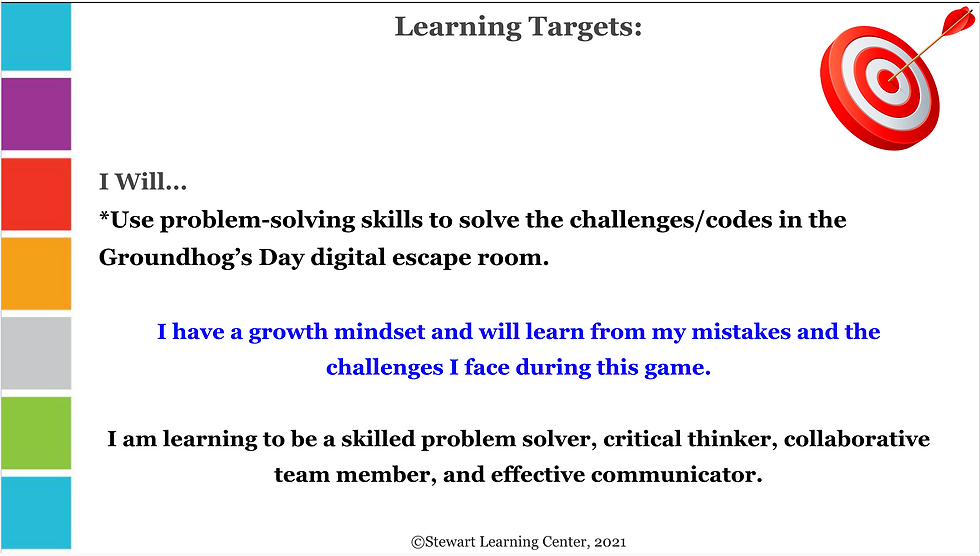
Figure 2: Groundhog's Day digital escape room learning targets
Adding “This Means” or the success criteria to the learning outcome took me a good decade to fully understand and implement. What a game changer! Previously, I had always thought about the “this means” as the substance of clearly articulated rubrics used to score summative work at the end of the learning cycle. I have written rather extensively about the complexity of the rubrics I and colleagues created and their overwhelming results on middle level learners who found them daunting and often not useful. When I got clear about what success looks like and started stating that criteria up front as succinctly as possible, students started using the success criteria during the learning process. Further, I begin using varied examples of past student work to apply the success criteria. When I used these samples with my students as “worked examples,” students started diving into what success criteria was missing from the work sample and what could be done to improve the evidence of student learning. See the examples of “I Can…This Means” below.
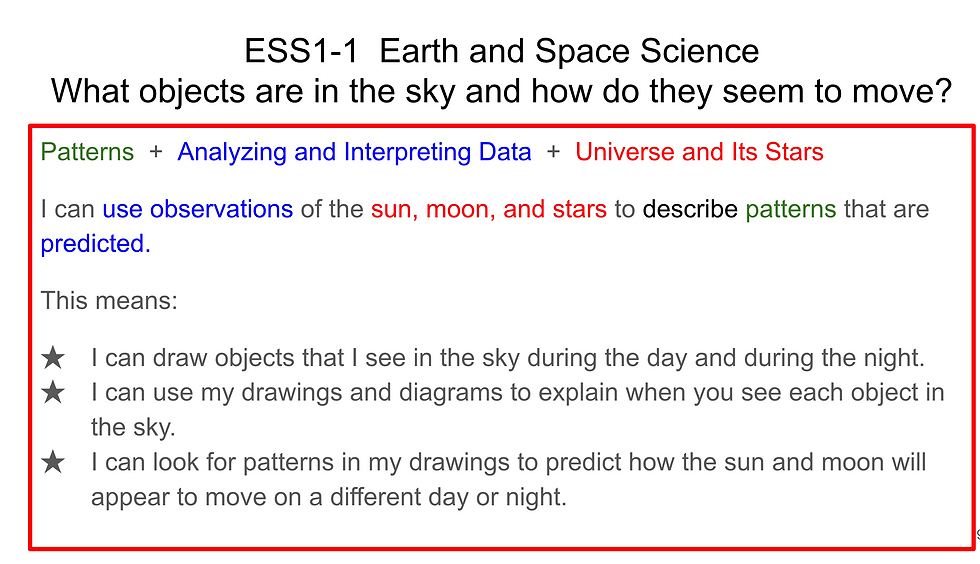
Figure 3: NGSS Elementary School example

Figure 4: ELA example
The addition of “Here’s How” has been a relatively new addition (over the past five years) to this clarity formula, and it has been instructive for both learners as well as teachers. The “Here’s How” portion of the clarity formula indicates for teacher and learner alike some of the ways the learning intention will be evidenced. Sometimes you may find it easy enough to weave the “Here’s How” directly into the This Means” portion as evidenced by Figure 3 above. Check out Figures 5 and 6 below for a sample of what “I Can…This Means…Here’s How” could look like.
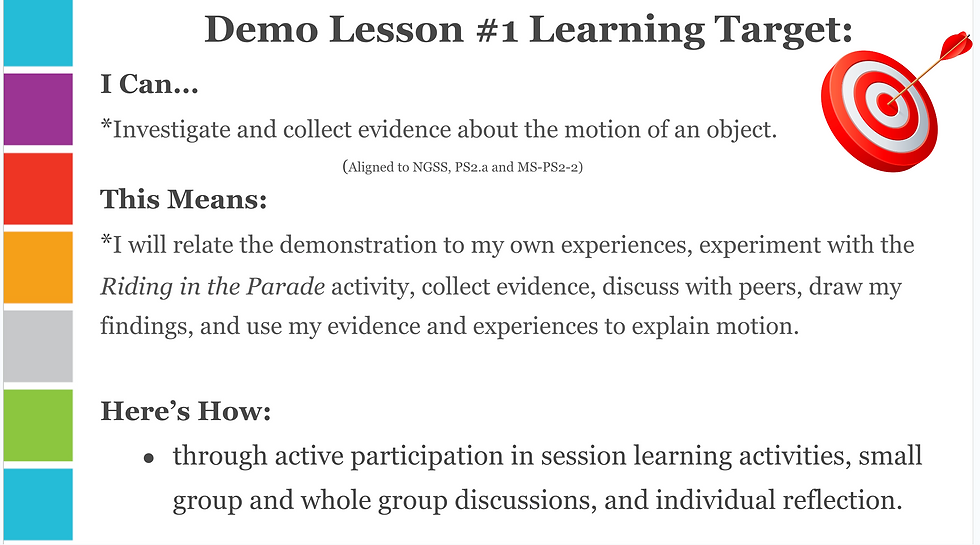
Figure 5: NGSS Motion example
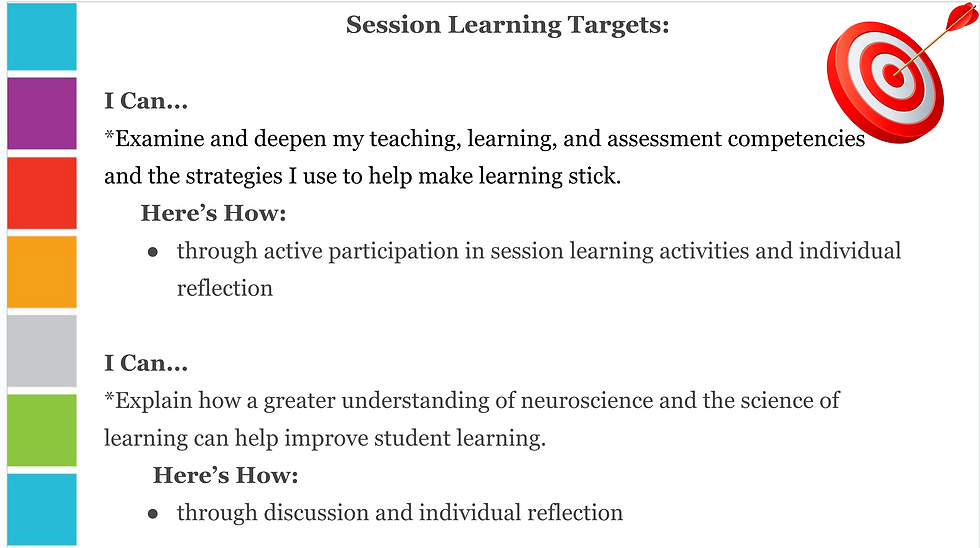
Figure 6: Brain-Friendly Learning & Teaching Professional Development example of I Can…Here’s How
“I Can…This Means…Here’s How” is one sure-fire formula designed to get you closer to achieving clarity for and with your learners. In a later post, I will share with you evidence-based examples of tools designed to help teachers and learners achieve clarity around learning goals and to use them formatively to improve learning and identify specific learning successes and needs. I share Figure 6 created by a talented K-1 teacher (Linda Cianchette, RSU 3) below as a teaser for that upcoming blog post!
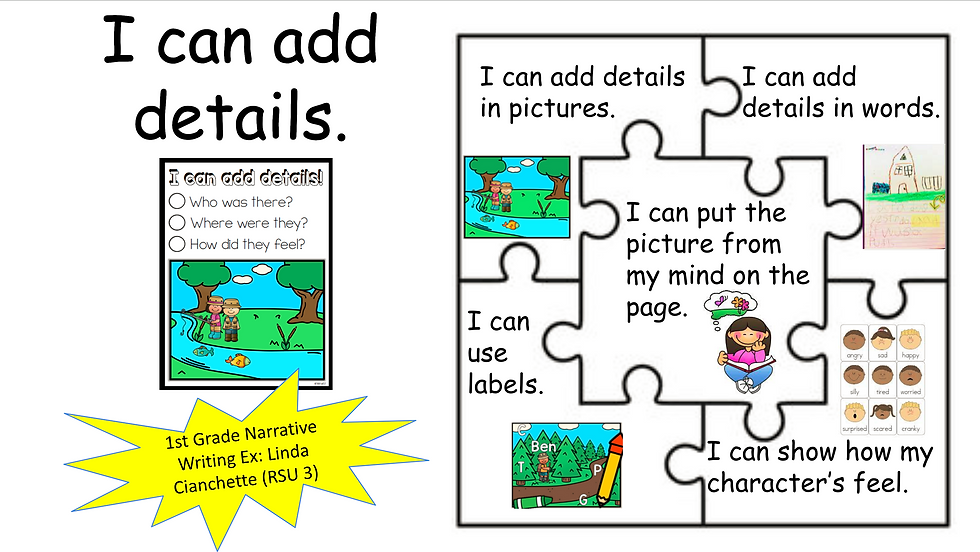
Figure 7: 1st Grade Narrative Writing example
For additional information and more examples, you may consider purchasing Teaching Strategies That Create Assessment-Literate Learners (Stewart McCafferty and Beaudry, 2018).
Keep learning at the center!
:)Anita



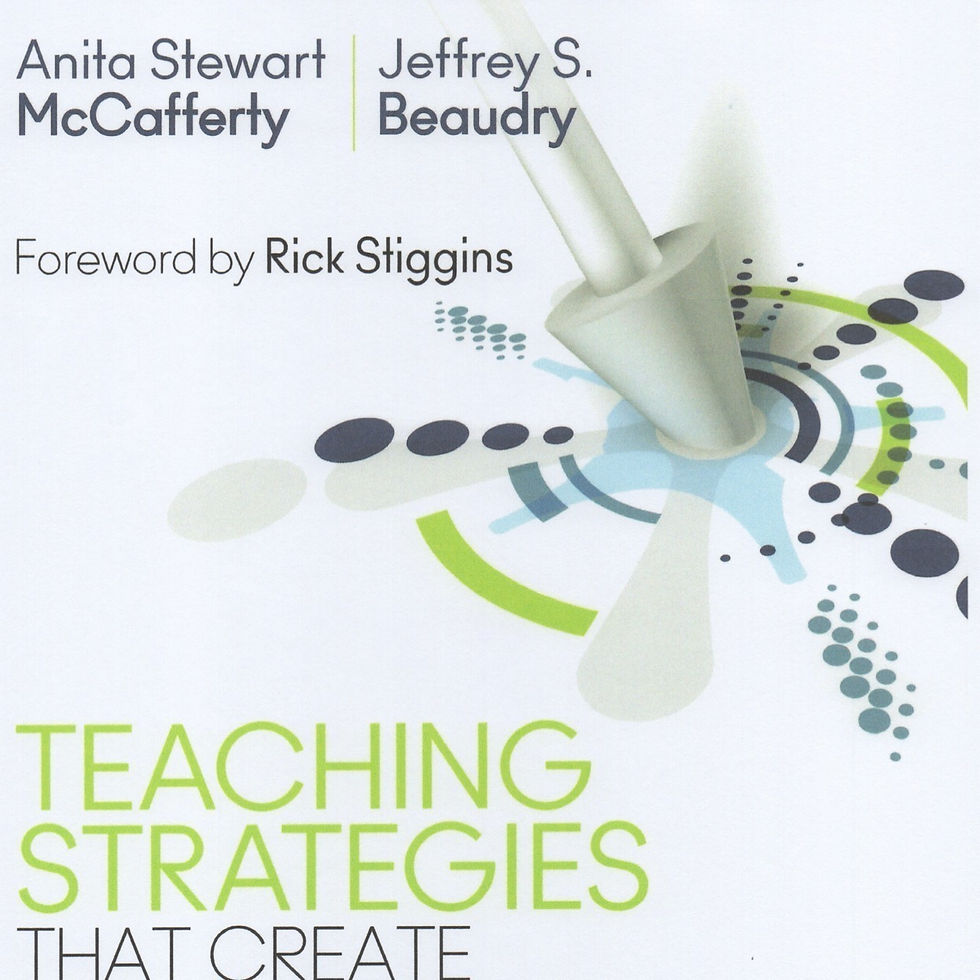

Comments